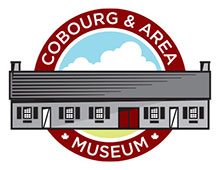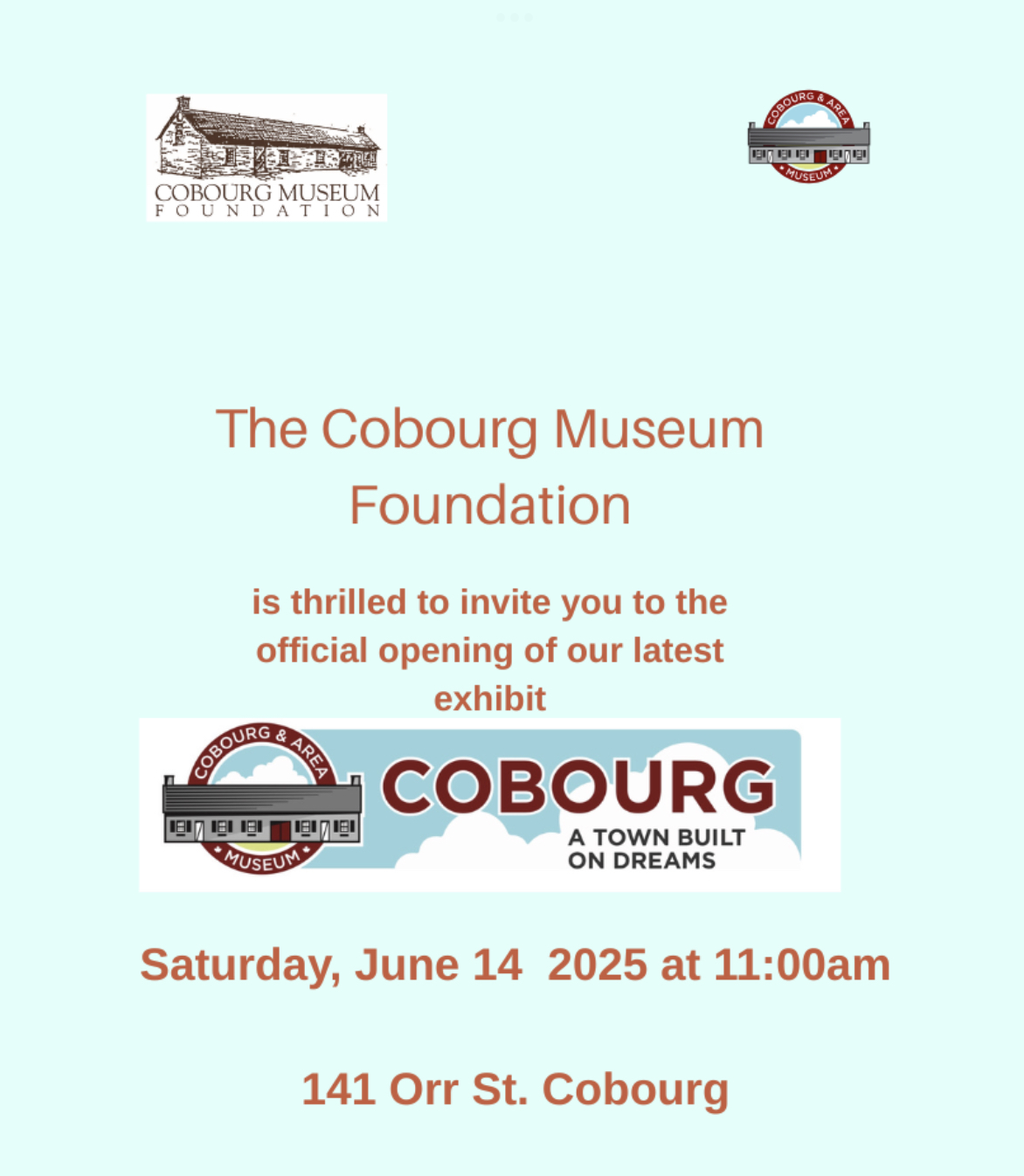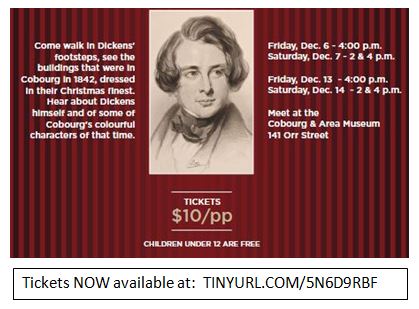Restoration
With mostly volunteer help the following has been accomplished to 2008: The entire asphalt shingled roof and its structure was removed and rebuilt using authentic framing lumber and planking where needed and 14,000 hand split back-sawed red wood cedar shingles. In order to reduce heat buildup during the summer two inches of rigid polyisocyanurate insulation was incorporated into the roof structure concealed from view.
The loft floor covering 2/3 of the building floor area was rebuilt using flooring from an 1840s church recently demolished in a nearby rural area.
Failing sections of the limestone wall were rebuilt by masons who have worked on the Parliament Buildings in Ottawa. Lime for the mortar was created from burning the failed stone and several rotted window and door headers were replaced.
Heritage architect Peter Stokes, who was prominent in the restoration of Victoria Hall, was commissioned to design reproduction windows, shutters, doors and roof rake and soffit details. (The latter was completed in 2021 with funds from Heritage Canada and CMF Members and Friends.)
Windows contracted out then installed using volunteer help. Enough glass 100 to 150 years old was salvaged from demolition around Cobourg to make up one third of the required glass.
Doors and shutters built using six quarter air dried pine obtained from a farm mill near Brighton. The hinge system for the shutters, designed by CMF volunteers and fabricated locally, allow the shutters to operate against windows recessed 3 inches into the limestone walls.
Structural details designed by local architect/engineer Jim Doubt were added to the point at which the roof rafters meet the limestone walls to oppose the outward thrust of the roof.
A wood plank floor with removable panels was designed by Jim Doubt Associates and a grant to cover the cost of its construction was applied for and approved by the Ontario Trillium Foundation. The removable panels will allow further archeological exploration of the subsoil at some future date. Read about this project (completed in 2009).
The two chimneys at each end of the building were rebuilt using yellow brick of the period donated by Eastern Renovation, a local restoration contractor.
The site was cleared of old tree stumps, the grades changed to make surface water drain away from the building, and 6 inches of new topsoil was put in place.
A period fence was designed and built along the property lines with gates designed to allow large artifacts to be admitted onto the site and into the main exhibit building.
A second part of the Trillium Foundation Grant will be used to waterproof the outside of the limestone foundation below grade. (To be completed in 2009)
Future work on the building will include the repointing of the limestone masonry walls.






